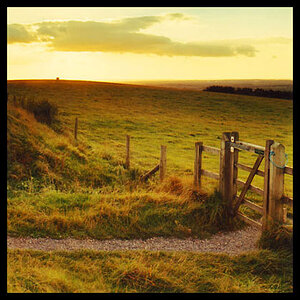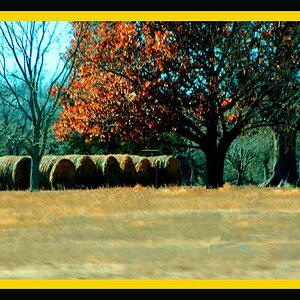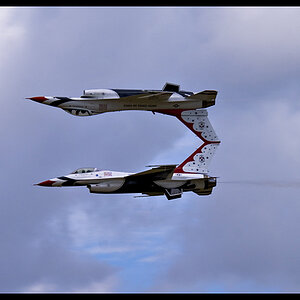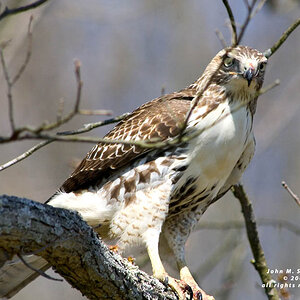bartonke
TPF Noob!
- Joined
- Apr 14, 2012
- Messages
- 1
- Reaction score
- 0
- Location
- London
- Can others edit my Photos
- Photos OK to edit
What are the most appropriate range of focal lengths for environmental portraits? Should I accept distortion as part of environmental portraiture and select the focal length that will give me the best landscape shot (i.e., something ultra-wide)? Or should I take the subject into account and try to limit the amount of distortion by selecting a longer focal length (e.g., by shooting wide instead of ultra-wide)?
For example, let's say I was going to photograph a subject in front of the Coliseum, Grand Canyon, or Eiffel Towel. If I was just interested in the landscape, I would usually go ultra-wide (e.g., 11mm-16mm on a DX camera). Once I introduce a person into the landscape, how should the focal length change? Should I shoot the subject with an ultra-wide lens this would give me more landscape (good), but more distortion of the subject (bad). Or should I instead opt for a compromise focal length (e.g., 24mm-29mm on a DX camera) this would give me less landscape (bad), but also less distortion of the subject (good)?
For example, let's say I was going to photograph a subject in front of the Coliseum, Grand Canyon, or Eiffel Towel. If I was just interested in the landscape, I would usually go ultra-wide (e.g., 11mm-16mm on a DX camera). Once I introduce a person into the landscape, how should the focal length change? Should I shoot the subject with an ultra-wide lens this would give me more landscape (good), but more distortion of the subject (bad). Or should I instead opt for a compromise focal length (e.g., 24mm-29mm on a DX camera) this would give me less landscape (bad), but also less distortion of the subject (good)?


![[No title]](/data/xfmg/thumbnail/35/35265-c9ea3efd2c618a57ea136e63ad106880.jpg?1619736970)
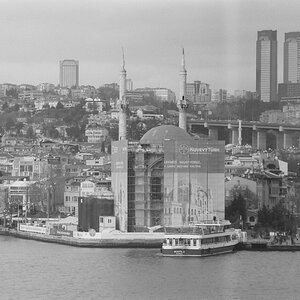
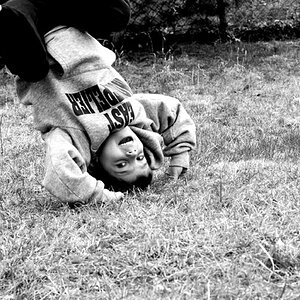
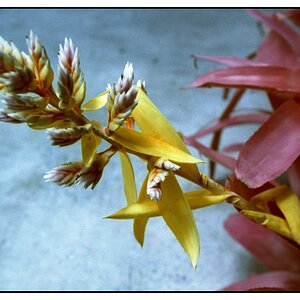
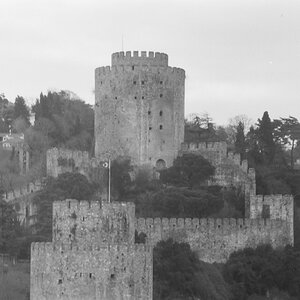
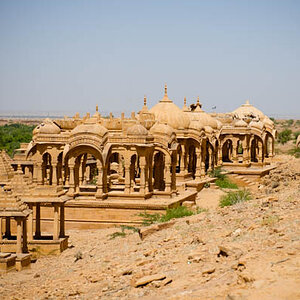
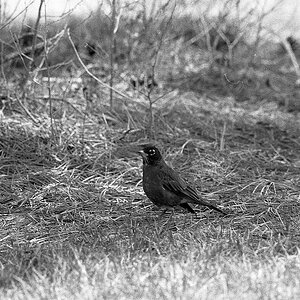
![[No title]](/data/xfmg/thumbnail/35/35264-5ade32b7036391926536661aeb7491c3.jpg?1619736969)
